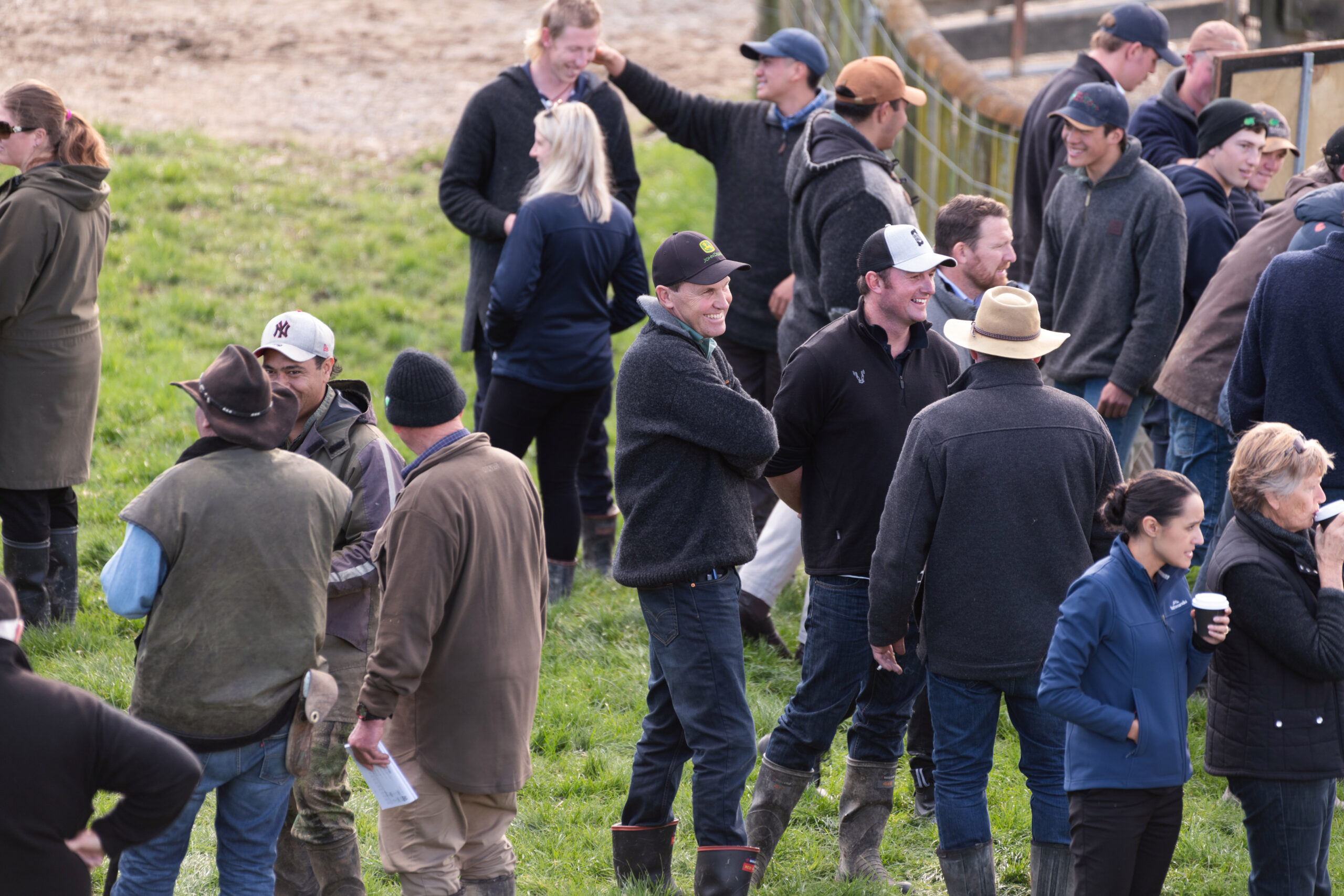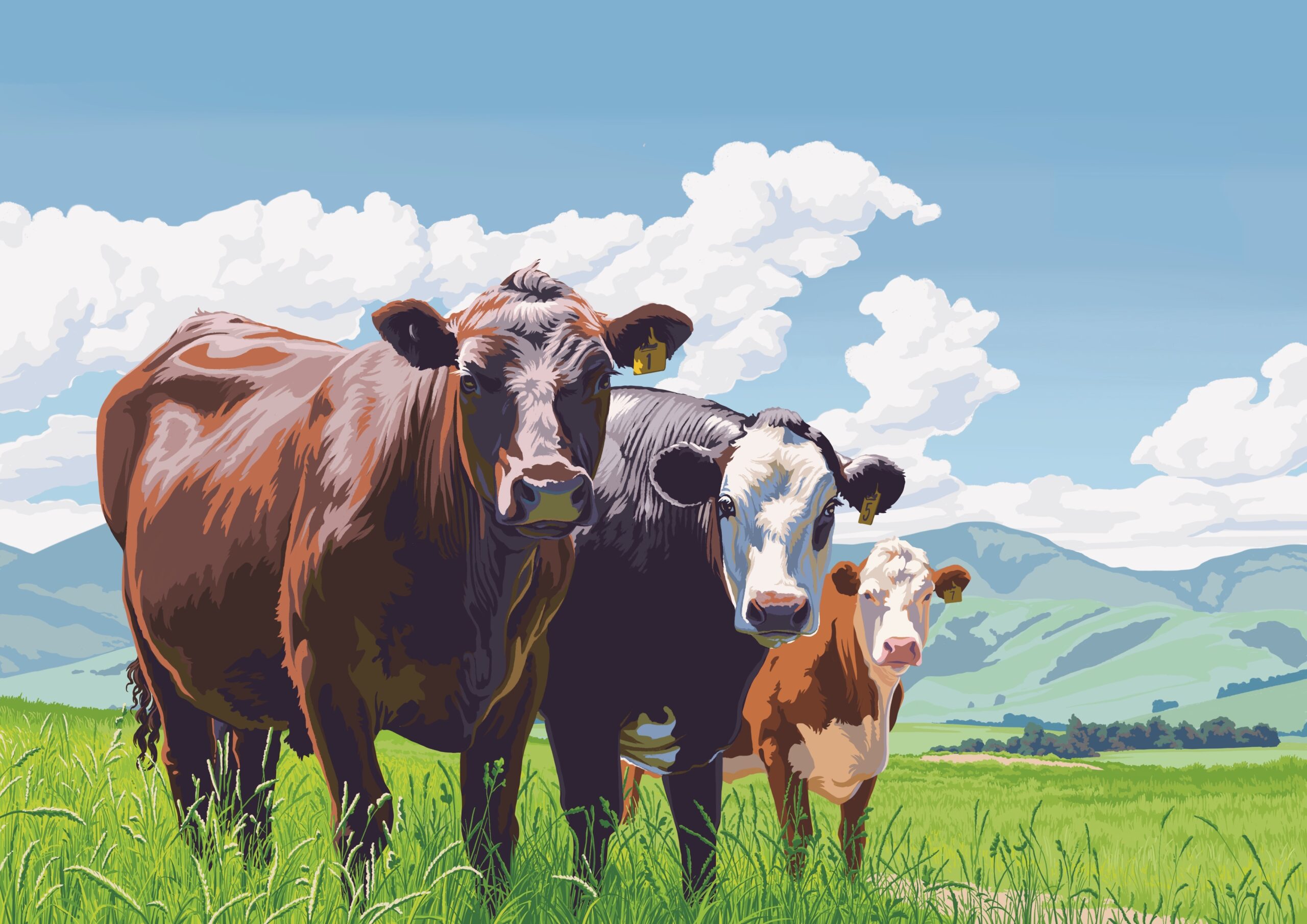Bridget Sparks, MSD Animal Health New Zealand
Cattle are no different from sheep in that young fast-growing cattle are at risk of death from clostridial diseases which are common and widespread in the environment.
Surprisingly, while vaccination with a clostridial vaccine is well embraced by New Zealand sheep farmers, vaccination of cattle is something that is less well adopted. Unfortunately, as a result of less farmers understanding the need for clostridial vaccination of cattle, we are hearing more and more of the unnecessary and costly loss of these high-value animals.
A recent example was the loss of 16 R1 Speckle Park beef bulls and steers on a Rangitikei farm. The cattle died suddenly over a 24-hour period five days after being yarded for drenching and castration. The cattle had been bought from the South Island five months earlier for finishing and no proof of clostridial vaccination existed. The dead animals included both castrated and uncastrated cattle.
From post-mortem examination, Blackleg was suspected. While New Zealand lab cultures failed to isolate any Clostridia due to testing limitations, immunohistochemistry (IHC) testing in the United States showed one bull died due to Malignant Oedema and the other due to Malignant Oedema and Blackleg.
This is just one example of the devastating effects of clostridial disease. For another insight, read about Lumsden farmer Paul Waller’s experience of clostridial disease when he lost nearly 30 young beef cattle out of 300 in one season – www.sheepvax.co.nz/covexin- 10-farmer-testimonial.
SO WHY ARE WE SEEING MORE CLOSTRIDIAL DEATHS?
Better genetics are leading to increased livestock growth rates. We are also using different feeding regimes from historical ones, with more high energy diets. Fast growing/high producing stock grazing new pastures, crops or supplementary feed are more vulnerable to clostridial disease and sudden death.1,2
WHAT CAN BE DONE ABOUT IT?
Clostridial diseases strike rapidly and are almost always fatal. Vaccinating stock with a clostridial vaccine is best practice to avoid unnecessary losses due to clostridial diseases. It is important to remember that you must ensure a full vaccination course is completed as per label instructions (ensure two shots (sensitiser and booster), 4-6 weeks apart).
Made in New Zealand Multine®, New Zealand’s leading five-in-one clostridial vaccine3 provides protection against the five most common clostridial diseases seen in New Zealand and is likely to provide the necessary protection for the vast majority of clostridial issues experienced on New Zealand farms.
However, if you are still seeing unexplained deaths following completion of a full five-in-one vaccination programme, talk to your animal health adviser about additional clostridial protection. Covexin® 10 is a 10-in-1 clostridial vaccine made in New Zealand and offers the most comprehensive clostridial protection available on the market today.

© 2022 Merck & Co., Inc., Rahway, NJ, USA and its affiliates. All rights reserved. NZ-MUL-221200001. 1. Lebrun et al (2010) Cattle enterotoxaemia and Clostridium perfringens. Veterinary Record 167, 13-22. 2. Lewis (2011) Control of important clostridial diseases of sheep. Vet Clin Food Anim 27 (2011) 121–126.3. 3. Baron Audit Data, September 2022
There are a number of clostridial vaccine options, and it is important to understand the differences between them and the protection they offer. In the case of clostridial vaccines, more clostridial antigens (e.g., 5-in-1 vs 6-in-1, 7-in-1, 8-in-1, 10-in-1 etc.) is not always better. Choose a vaccine that has everything you need and nothing you don’t and which has been made specifically for New Zealand conditions.


